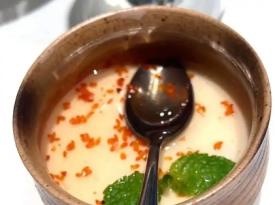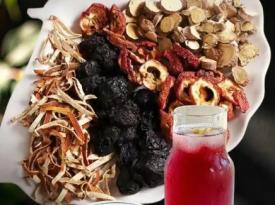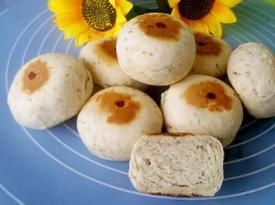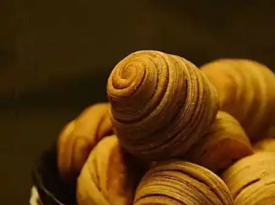Beijing Fermented Bean Curd Residue
Beijing Fermented Bean Curd Residue is a unique traditional snack that originated from the hutongs of Beijing in the late Qing Dynasty and the early Republic of China. It is a by - product of making mung bean vermicelli. In the powder mill, when the beans are ground and water is added, the beans are divided into soybean milk (used to make starch), fermented soybean juice, and the thick, stagnant dark green slurry in the middle layer. The latter is put into a cloth bag, heated and cooked, and then filtered to obtain Fermented Bean Curd Residue. Its production raw materials include potherb mustard, sheep tail oil, soybean paste, and chives. When making it, the frozen Fermented Bean Curd Residue needs to be warmed at room temperature for 1 hour, soaked in clear water for 20 minutes, and then drained. Stir - fry it in a cold pan over low heat until the edges are slightly charred and fragrant. Take it out, wrap it in gauze, and gently press to remove water. Put sheep fat pieces (or pork fat) in the pan, heat and melt them, then add the dehydrated Fermented Bean Curd Residue and continue to stir - fry. When there is a dense popping sound in the pan, add potherb mustard pieces, chopped garlic chives and other seasonings, and then pour on freshly fried chili oil. Fermented Bean Curd Residue is gray - green in color, with a rough texture but unique charm. The slight sourness produced by fermentation can neutralize greasiness, and its honeycomb - like structure can lock in the soup, making it interesting to chew. It has a mellow and thick taste, with a savory and sour flavor, and has the effects of stimulating the appetite, aiding digestion, and clearing internal heat. Nowadays, many restaurants in Beijing supply it all year round. In 1994, a chef from Nanlaishun Restaurant participated in a competition with stir - fried Fermented Bean Curd Residue and won a gold medal for its excellent color, aroma, taste, and shape. Its production technique has also been selected into the intangible cultural heritage list of Dongcheng District.
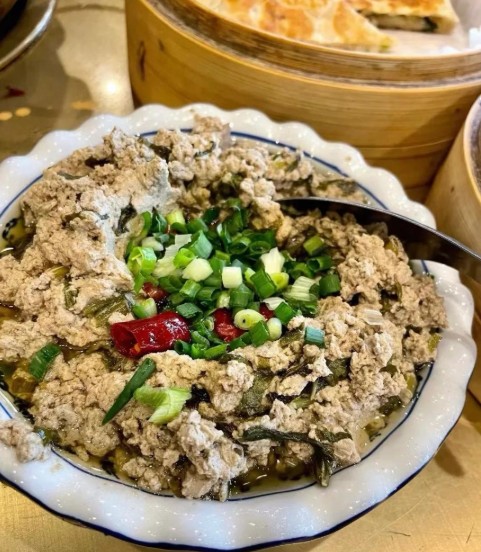
previous: Beijing Lamb Spine Hot Pot

